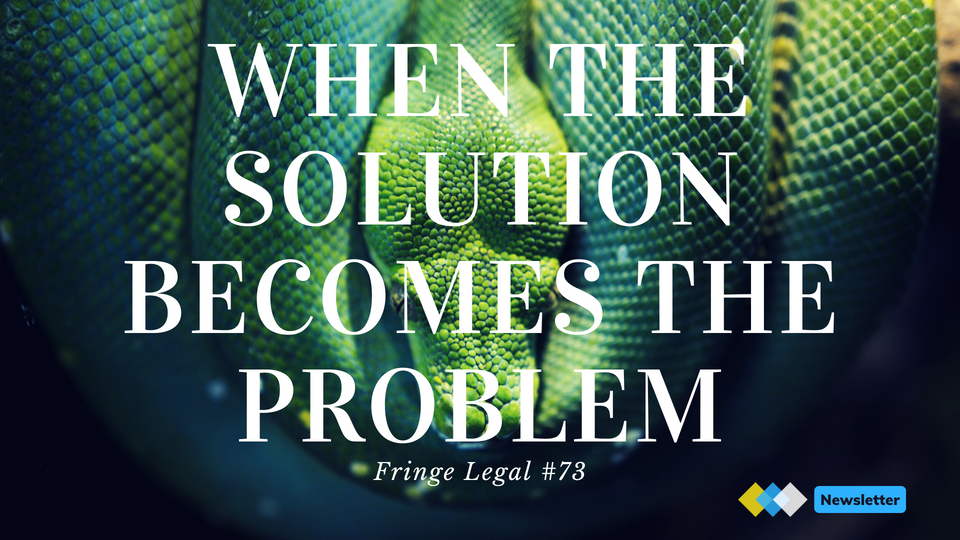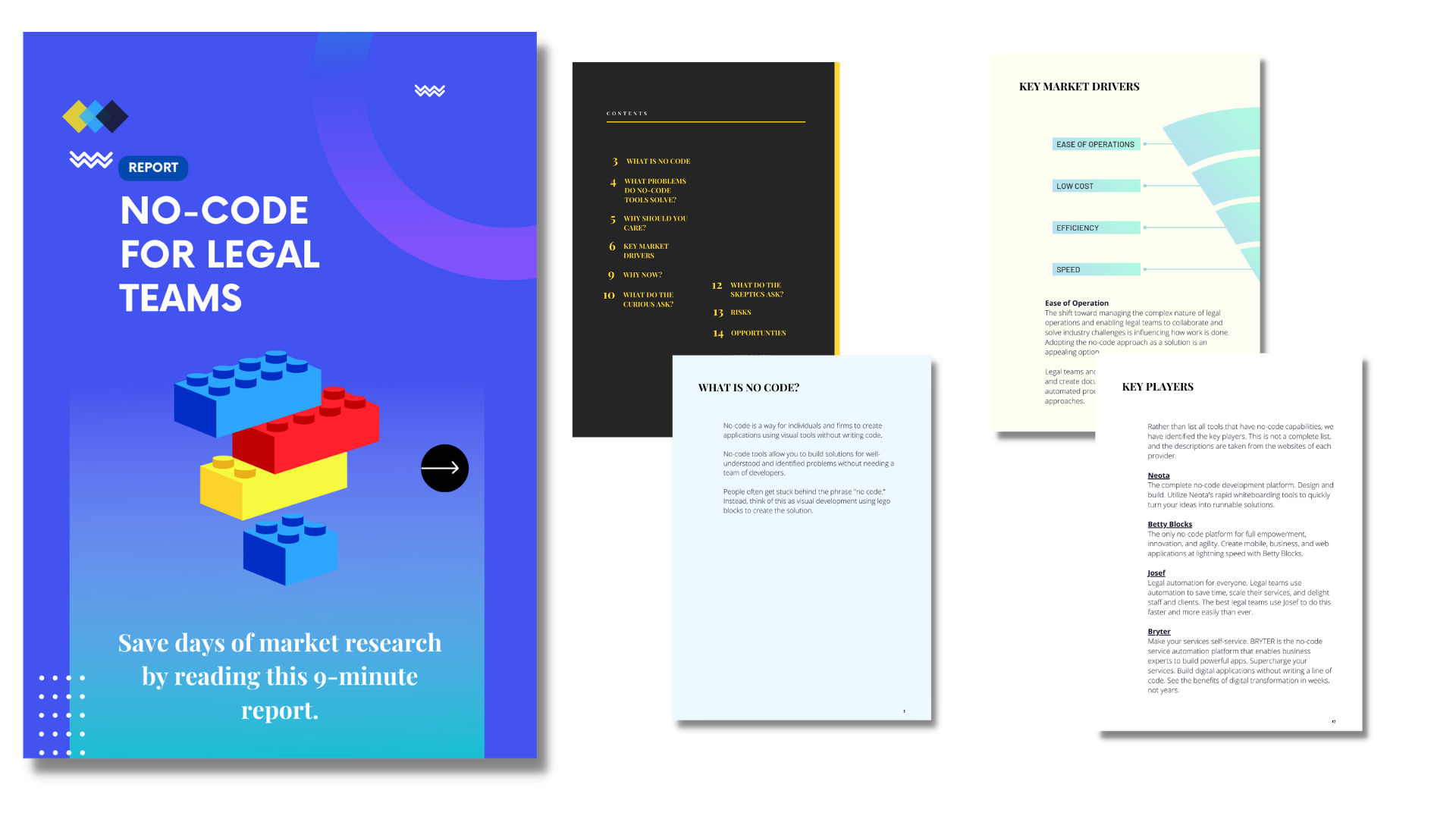Fringe Legal #73: when the solution becomes the problem

Incentives drive human behavior. Charlie Munger, one of the most successful businessmen of all time, famously said:
Show me the incentives, and I will show you the outcome.
Incentives drive behaviors at work, employee performance & satisfaction, and technology adoption.
Incentive design is a multi-faceted problem. Here are two components to it:
- Are you measuring the right things?
- Are you incenting the right behavior?
Are you measuring the right things?
I wrote about metric measurement recently. If you read that, then skip down to the next heading.
What gets measured gets managed. This is popular advice, but it's flawed.
Just because something can be measured doesn't mean it should be. Are you measuring the right metrics?
“What gets measured gets managed" → this is only part of the quote. The most important part tends to be left out. Here's the complete quote which tells the full story:
What gets measured gets managed — even when it’s pointless to measure and manage it, and even if it harms the purpose of the organization to do so.
For legal teams, measuring the correct metrics contributes to:
- a more accurate measure of the value
- better decision-making about future initiatives
- a cleaner incentive structure that drives business and employee performance
Is it worth measuring?
Here are some considerations as you think about the metrics to track:
🎯 It's easy to go down the measurement rabbit hole. BEFORE doing that, it's worth exploring the business goal that you are trying to drive.
🎯 A measure or a metric? Metrics come from data in context, whereas a measure is a snapshot of one data point.
🎯 Leading or lagging? Leading indicators are predictive measures of future performance. Lagging indicators look back at past performance. Lagging indicators often show an outcome but rarely the variables that impact the outcome.
🎯 Is it controllable? Especially when it comes to designing incentives, does the team know what actions they can take to influence the metric?
Building a data-driven firm and culture requires starting with the fundamentals. Revisit things often and adjust as the goal and strategic objectives shift.
The above should feed into incentive design.
Are you incenting the right behavior?
Incentives are key as they drive human behavior. They motivate us to do or not do certain things. However, designing incentives in professional environments can be challenging.
Poorly designed incentives can lead to unintended consequences or create new problems. Economists have dubbed this phenomenon the cobra effect 🐍.
It’s a type of perverse incentive which accidentally motivates people to make the problem worse. The origins of the name will hopefully help to demonstrate the impact [1]:
The story goes that many years ago, in colonial India, there was a cobra infestation in the city of Delhi. So the British created a bounty for cobra skins. They thought by offering a reward for dead cobras, the public would solve the snake overpopulation problem. But instead of capturing feral cobras and killing them, people started farming cobras for their skins.
The British eventually got wise to the cobra-farming industry and canceled the bounty. But with no bounties to collect, the cobra farmers set their snakes free in the city — making the infestation even worse than before.
What should you do?
- Keep incentives simple.
- Don’t design in isolation. Get a diverse perspective.
- Test, measure, and adjust often.
No-code report

What if you could build your own app without any coding skills? That’s the promise of no-code tools. I went down the rabbit hole, so you don’t have to. Save yourself 100s of hours of market research by reading this 9-minute report.
Fringe Legal Summit is open for registration

The Summit is officially open for registration.
Why attend?
Innovators are defined as people creating new value or capturing value in a new way.
One way to do that is to identify, capture and create sustainable value from ideas. The ideas and projects which will be mainstream in the future are around you today. The Summit helps bring them to the surface. We provide the chance to connect with impactful speakers, explore diverse perspectives, and learn from those getting sh** done.
Topics
Through 100s of conversations, we identified three categories that matter most to law firms and in-house teams today and will long into the future:
🍃 Environment, Social, Governance (ESG)
🔐 Data & Privacy
🧠 Knowledge & Innovation
🔗other highlights

- Legal Ops and Innovation universe. Let the hype inspire but focus on the root and branch modernization of the legal landscape to allow for a more scalable and holistic digital transformation. Great post and graphic by Alex Herrity.
- Tech adoption is lagging at firms. Great post by Laura Collins Scott
- Transformation journey of a typical lawyer
- Disruption is an odd word
- The myth of the lone genius
- Do you want a 🚢or 🚀 in your team?






Become a Fringe Legal member
Sign in or become a Fringe Legal member to read and leave comments.
Just enter your email below to get a log in link.